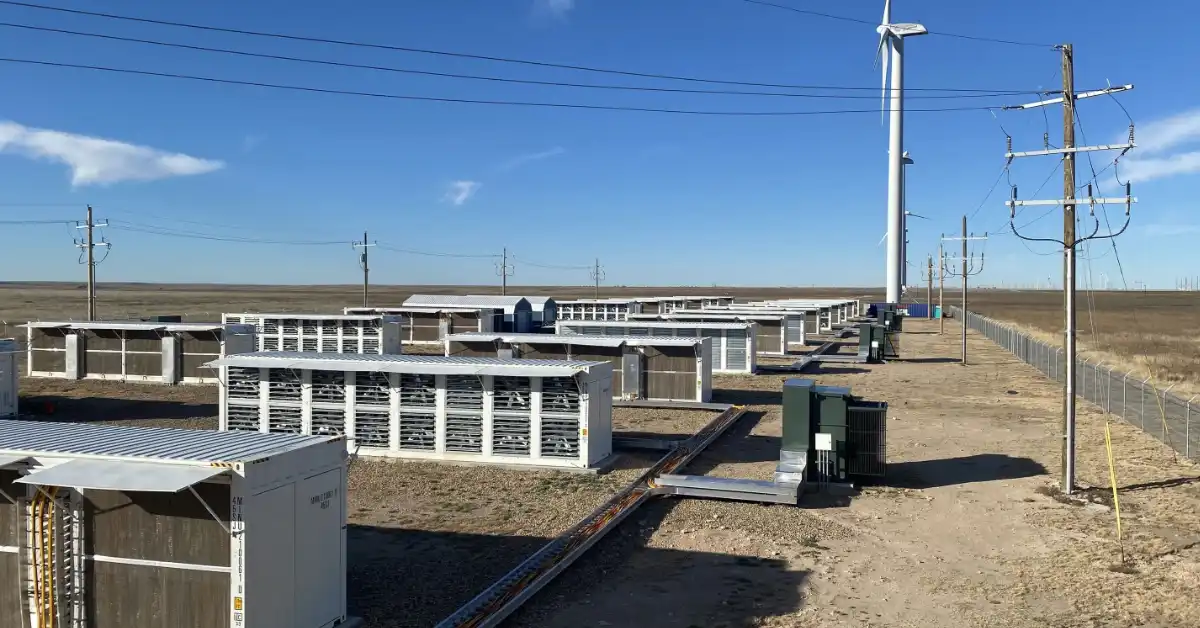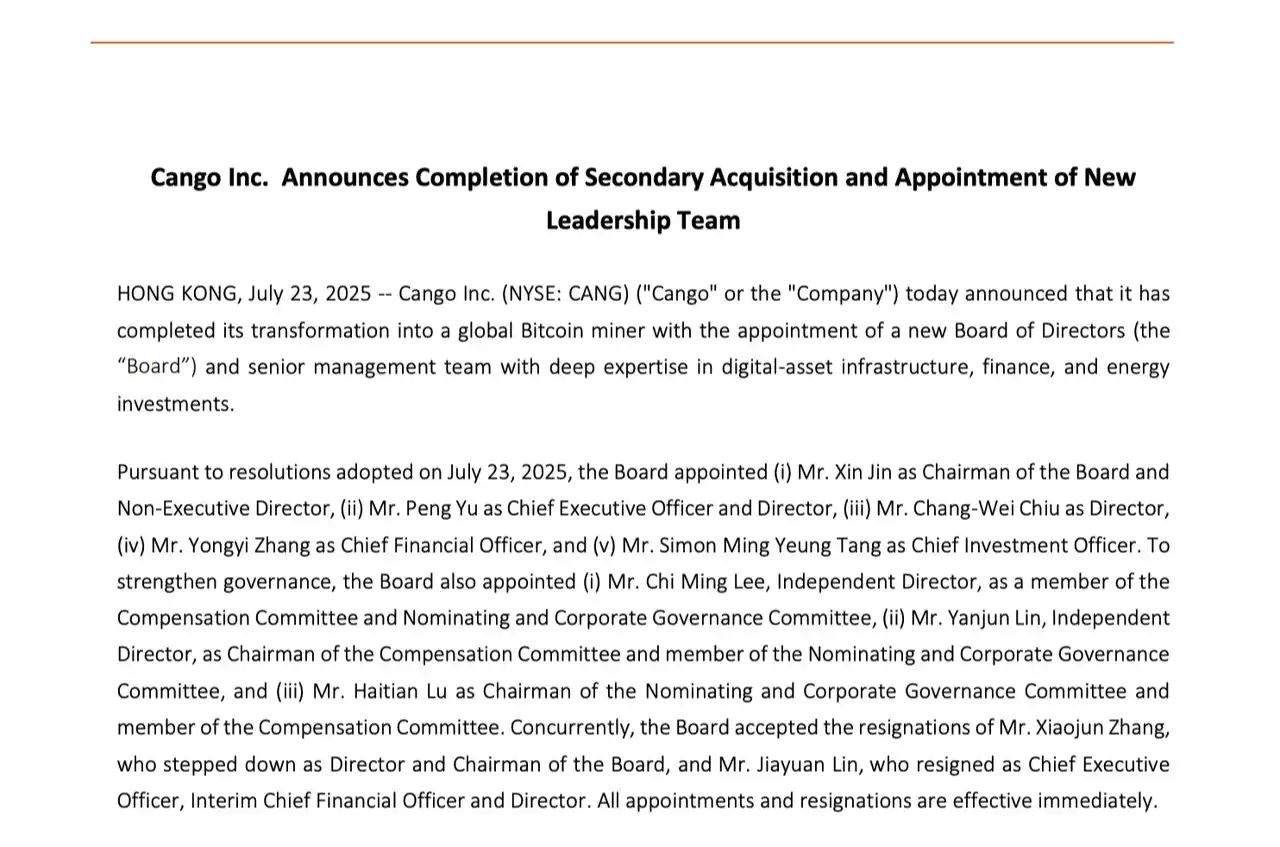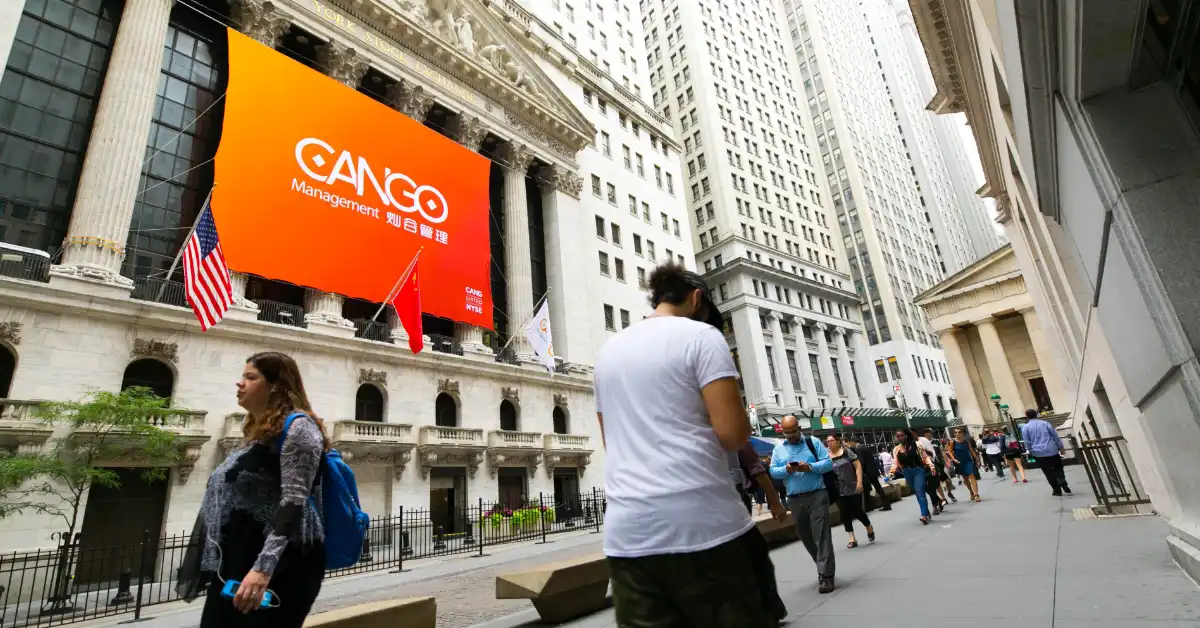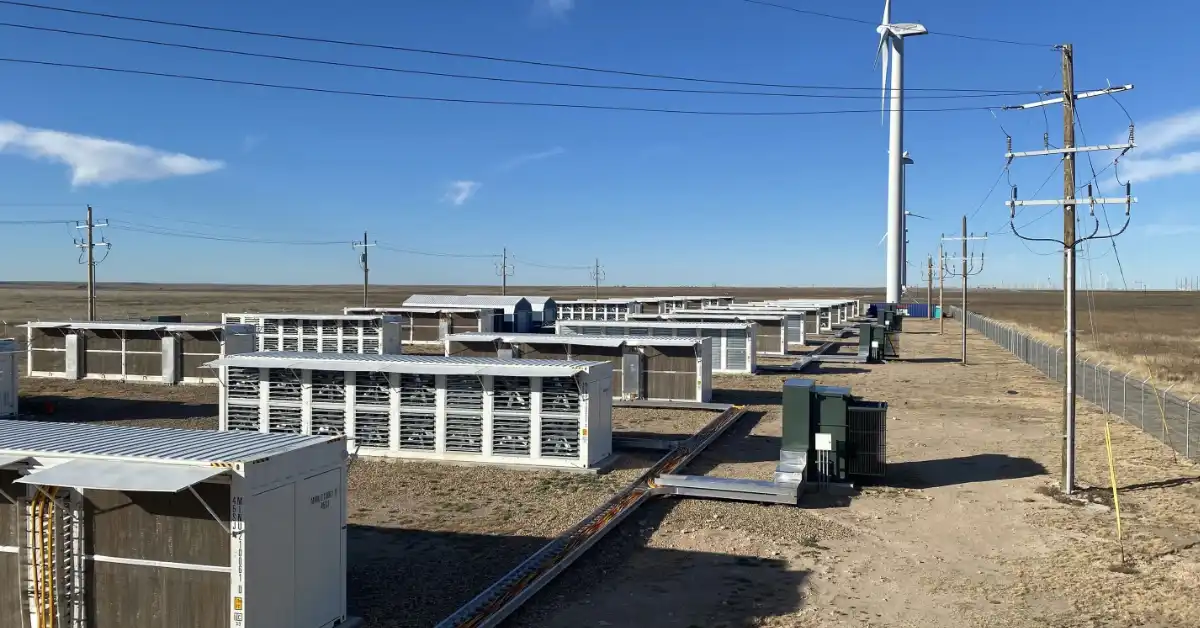Cango: An Undervalued Eastern MicroStrategy
Cango (NYSE:CANG) stands out as an undervalued “Eastern MicroStrategy.”
This latest wave of “MicroStrategy-ization” has swept through capital markets: adding Bitcoin to the balance sheet and combining it with a “long-term outlook and capital markets toolkit” narrative can indeed yield premium valuations. Yet, the strategy is easy to mimic, resulting in a flood of companies that talk a big game—releasing catchy slogans in announcements, but revealing little about actual holdings, let alone offering systematic disclosure or closed-loop financial controls. There’s a lack of clarity on refinancing and risk management, and a shortage of verifiable, consistent data.
Ultimately, this has led to “more companies spinning stories, but very few actually building thick and stable balance sheets.”
So, how do you spot a “storyteller” versus a fundamentally strong company? In my view, a MicroStrategy-style firm worth investing in must meet three criteria: embed long-term holding in its governance, leverage disciplined capital market tools (such as follow-on offerings or convertibles) to responsibly expand its balance sheet, provide frequent and transparent financial disclosures, and maintain its own reliable cash flow. Only when all three work in concert does narrative-driven valuation translate into a resilient balance sheet that can weather market cycles—instead of collapsing the moment conditions turn.
Cango is a textbook example of this formula.
Cango’s Path of Transformation
Looking at the timeline, it’s clear this isn’t about chasing short-term pumps. Instead, it’s a model of step-by-step corporate transformation. Cango first executed a thoughtful divestiture and then consolidated its financials. It stabilized capacity, established monthly disclosure rhythms for Bitcoin holdings, and finally reinforced strategic alignment through governance upgrades.
On November 6, 2024, Cango announced and completed a cash acquisition of 32 EH/s in-place mining machines from a Bitmain-affiliated entity. Simultaneously, it disclosed plans to acquire an additional 18 EH/s of in-place machines through a stock issuance (a transaction completed via equity settlement on June 27, 2025). This marked Cango’s entry into the crypto mining sector. That month, Cango mined 363.9 BTC, followed by 569.9 BTC in December—none of which were sold, signaling the start of its MicroStrategy-style Bitcoin accumulation strategy.
Governance became a central theme in 2025 for Cango.
One key milestone occurred on May 27, when Cango divested all its legacy mainland business to Ursalpha Digital Limited for approximately $351.94 million in cash. This move deliberately separated old-model revenue streams from the strategic risks of the new direction, leaving legacy burdens behind. From then on, capital allocation and reporting focused squarely on “Bitcoin mining plus BTC asset management.”
Balance sheet growth didn’t come from “storytelling via spot buying” but from integrating actual “in-place mining machines.” On June 27, Cango finalized the asset transfer for crypto mining rigs through an equity settlement, adding 18 EH/s to its consolidated capacity by issuing 146,670,925 Class A ordinary shares to the sellers. Golden TechGen Limited (GT) emerged as a key shareholder with about 19.85%, while the sellers collectively held around 41.38%. Two signals emerged from this “shares-for-capacity” deal: First, most of the machines are located in data centers across multiple countries, including the US, so delivery means instant production and minimal ramp-up delays. Second, bringing these resources on balance sheet instantly provides a hard foundation for future monthly disclosure and inventory strategies, supplying sustainable internal BTC production.

Once capacity was secured, operational cadence became clear. July disclosures reported Cango’s deployed hash rate at 50 EH/s, with average monthly operating hash rate at 40.91 EH/s and Bitcoin output of 650.5—up 45% from the prior month. End-of-period BTC inventory reached 4,529.7. These numbers aren’t just about growth—they show consistency and transparency: Cango updates “output, deployment, monthly average, and inventory” in parallel, offering investors a clear operational dashboard for monthly tracking. Management explicitly stated they “do not intend to sell” their Bitcoin holdings, baking HODL’s rhythm and stance directly into public reporting.
Governance upgrades advanced in step with capacity and disclosure. On July 23, Cango announced the completion of a secondary equity transaction and board reorganization: Antalpha founder Moore Xin Jin became Chairman, Paul Yu was named CEO, Michael Zhang became CFO, and Simon Tang was appointed CIO. This unified control and senior management in one move, creating depth for coordination across production, finance, and energy. Meanwhile, Cango entered strategic partnerships with industry leaders like Bitmain and Antalpha, unlocking greater flexibility and bargaining power for mining hardware sourcing, asset management, and energy investment. For an asset-driven operator, these alliances transform outside uncertainty into internal resources Cango can actively manage.

Cango announces completion of a second acquisition and new management appointments
Mispricing: Why Is Cango Undervalued?
Let’s first compare Cango to the pioneer of US-listed “BTC-hoarding” companies: MicroStrategy. MicroStrategy’s greatest advantage is its financial engineering—it excels at raising capital, but has minimal proprietary operating capacity. In fact, most people familiar with MicroStrategy aren’t clear about its core revenue streams. Cango, in contrast, leverages its own production capacity and internal mining engine, reducing its dependence on pure financing for balance sheet growth.
Using valuation premium metrics: MicroStrategy holds 628,791 BTC with an mNAV of roughly 1.68x—meaning the market is willing to value the company at a 68% premium over its net Bitcoin holdings, reflecting its fundraising capabilities and HODL sustainability.
Apply the same yardstick to Cango. By July 2025, Cango’s disclosures show 4,529.7 BTC inventory, 650.5 BTC production for the month, 50 EH/s deployed hash rate, and 40.91 EH/s average monthly operating hash rate. Management states they have “no intention to sell.” At an August 6 Bitcoin price of around $114,165, Cango’s BTC holdings were worth about $517 million; its official reported market cap was ~$833 million, and shares traded at $4.70–$4.73. This means Cango’s BTC coverage premium is just ~1.61x ($833M/$517M), nearly identical to MicroStrategy’s 1.68x—and far lower than the 3x-10x premiums seen at many other MicroStrategy-style companies.
Unlike MicroStrategy, however, Cango owns 50 EH/s of hash rate. So its premium combines the “BTC hoard” with real, productive, internal cash flow—a key evidence of undervaluation.
Comparing Japan’s Metaplanet—which benefits from local tax and investor advantages but lacks deep US market liquidity and faces greater risk of institutional short selling—Cango stands out as a US-listed, more frequently disclosing, highly liquid company with consolidated hash rate. It offers greater transparency and lower barriers for capital participation and expectation management.
Against traditional miners, Cango’s edge is even clearer. Mining is a profitable business—the last wave of crypto IPOs was dominated by mining firms.

But over several cycles, most traditional miners are stuck in the “mine, sell, expand” pattern, remaining highly exposed to price swings. Cango, by contrast, has a public HODL policy and leverages “equity-based expansion” capital actions, evolving from a “sell-to-cash” model into an “BTC-bolstered balance sheet” asset operator—a healthier, positive feedback loop.
Let’s dig into the numbers: Cango’s market cap per EH/s is $833 million/50 EH/s, or $16.65 million per EH/s; using the monthly average hash rate, $20.35 million per EH/s. Compare this to two North American giants: Riot, at July’s end, had 35.5 EH/s deployed and a $4.1–4.2 billion market cap ($106–116 million per EH/s); Marathon’s $5.7–5.9 billion market cap, “energized hashrate” of ~54 EH/s, equates to $106–109 million per EH/s. On the same metrics, Cango is valued at just 1/5 to 1/7 of these leaders—clear evidence of undervaluation.
Consider their mining rig fleet and efficiency: Cango’s annual reports and releases reveal average fleet efficiency of 21.6 J/TH, Q4/2024 unit output reaching 17.81 BTC/EH/s, and about 90% of rigs being Bitmain liquid-cooled models. This means Cango matches or exceeds competitors in electricity-to-coin efficiency. Combine this with “geographic diversification” (sites in the US, East Africa, Oman, Paraguay, and more), and the company has substantial room to further reduce its BTC unit cost curve—gaining an advantage that widens in bear markets.

What’s Next for Cango?
The real driver of Cango’s valuation isn’t trendy buzzwords—it’s building a robust, resilient balance sheet.
Through this “first principles” lens, Cango treats Bitcoin as a strategic corporate reserve. Leadership publicly states “no plans to sell,” and monthly disclosures around capacity, output, and inventory make HODL a rule that the market can verify repeatedly.
True long-termism isn’t about how long you commit—it’s about delivering monthly accountability. When investors review the disclosures, they see not just price changes but steady inventory growth, reliable capacity utilization, and a governance structure that underpins everything. Cango turns uncertainty into process, and process into reporting—the key to riding out market cycles.
In mining, there’s one iron law: electricity price is paramount. Whoever can lock in low rates and renewable energy across diverse geographies for the long term wins in bear markets by driving BTC unit costs lower. Cango’s new board and management combine expertise in mining, finance, and energy investment, enabling a closed loop from “electricity to capacity to holdings to financing.”
Cango’s next step is likely deeper optimization of its energy strategy—securing long-term power contracts and demand response in North America; leveraging surplus energy and green power allocations in the Middle East; and finding low-cost, flexible energy in South America and East Africa. Backed by its capabilities in hash rate and energy operations, Cango is well-positioned to deliver HPC infrastructure to AI enterprises, opening a second growth runway. Up front is hash rate deployment; behind is a sturdier balance sheet; in the middle is the synergy among power contracts, operational efficiency, and capital tools.
Fully integrating energy and mining won’t happen overnight—it’s about incremental scaling through project clusters, turning “low power cost + high uptime + replicable operations” into an organizational superpower. During bear markets, this means greater resilience; in bull runs, it drives rapid expansion and superior fundraising leverage.
Ultimately, Cango isn’t spinning a “buy-high-chase-crypto” story. Its real narrative is “leveraging owned capacity to anchor the balance sheet in BTC”: mining rigs generate internal BTC cash flow, robust disclosures build trust, and HODL becomes institutional policy for compounding long-term value.
That’s how Cango fulfills its core promise as the genuine “Eastern MicroStrategy.”
Disclaimer:
- This article is republished from (BlockBeats). Copyright belongs to the original author (BlockBeats). For any concerns regarding republication, please contact the Gate Learn team, who will process inquiries in line with established procedures.
- Disclaimer: The views and opinions expressed in this article are solely those of the author and do not constitute investment advice.
- Other language versions have been translated by the Gate Learn team. Unless Gate is specifically cited, the translated article may not be copied, distributed, or plagiarized.
Related Articles

Solana Need L2s And Appchains?

The Future of Cross-Chain Bridges: Full-Chain Interoperability Becomes Inevitable, Liquidity Bridges Will Decline

Sui: How are users leveraging its speed, security, & scalability?

Navigating the Zero Knowledge Landscape

What Is Ethereum 2.0? Understanding The Merge
